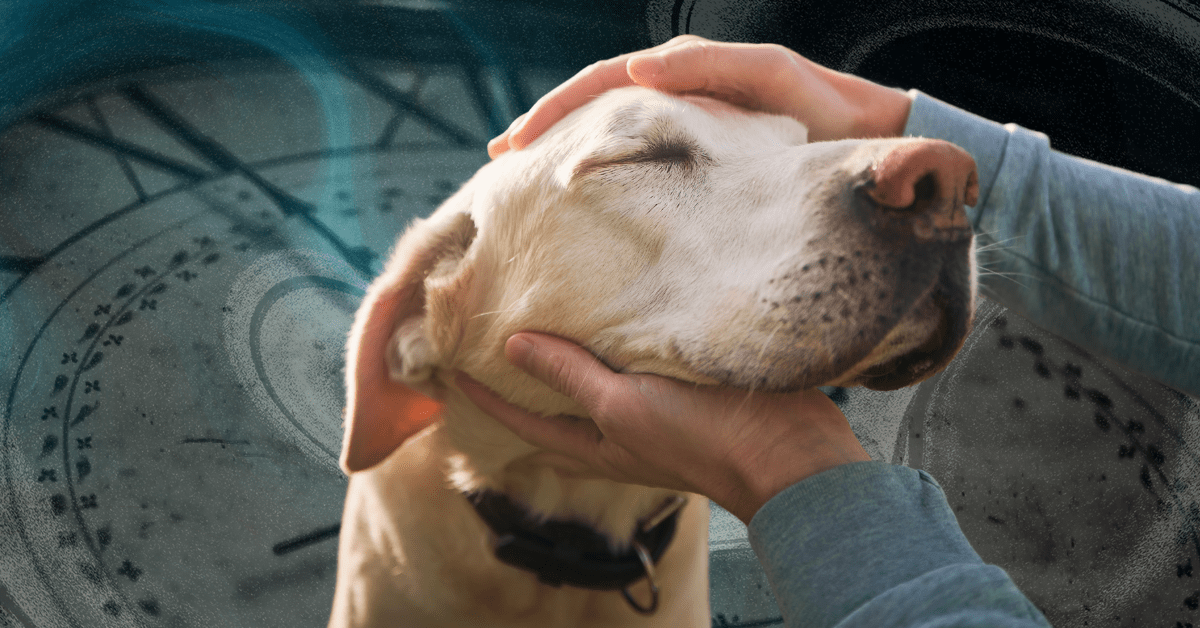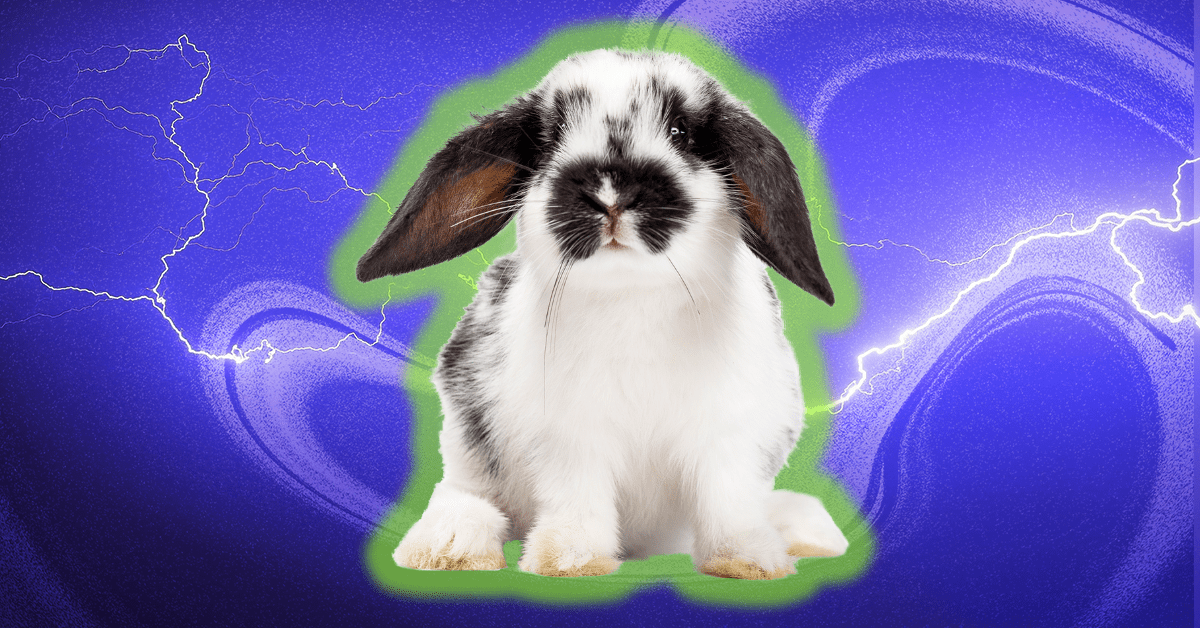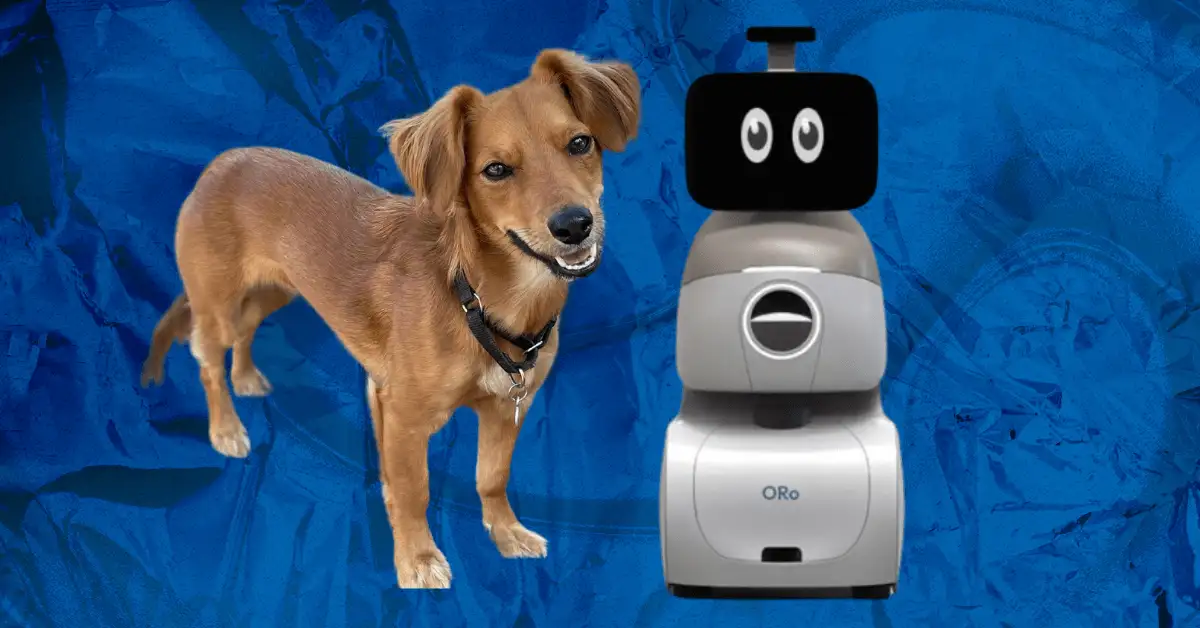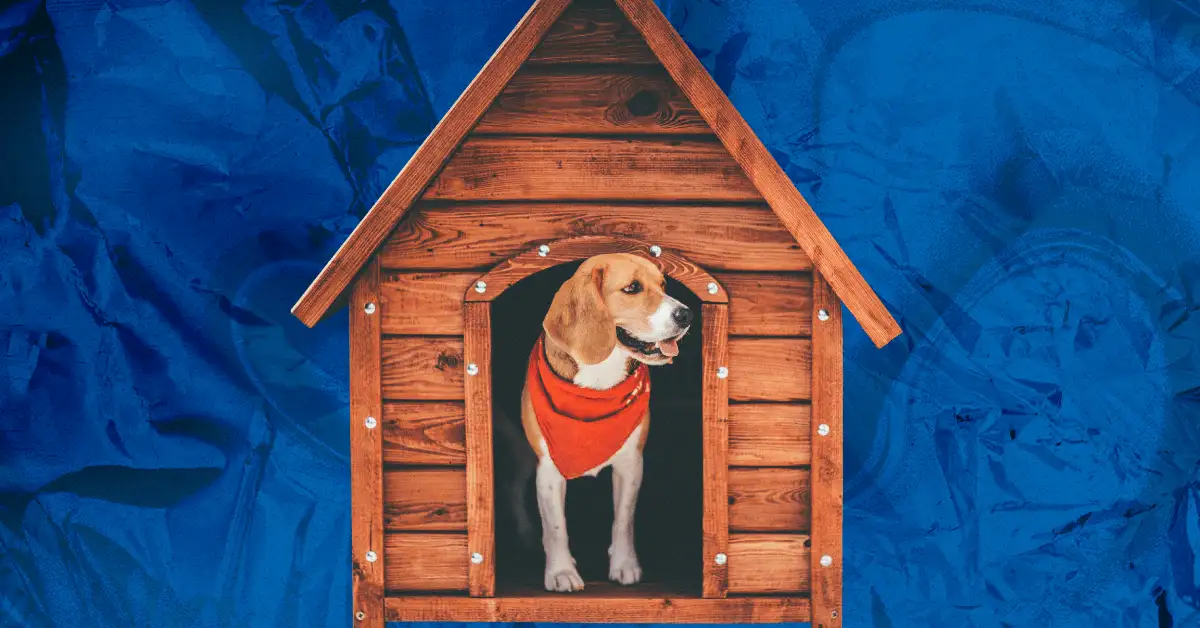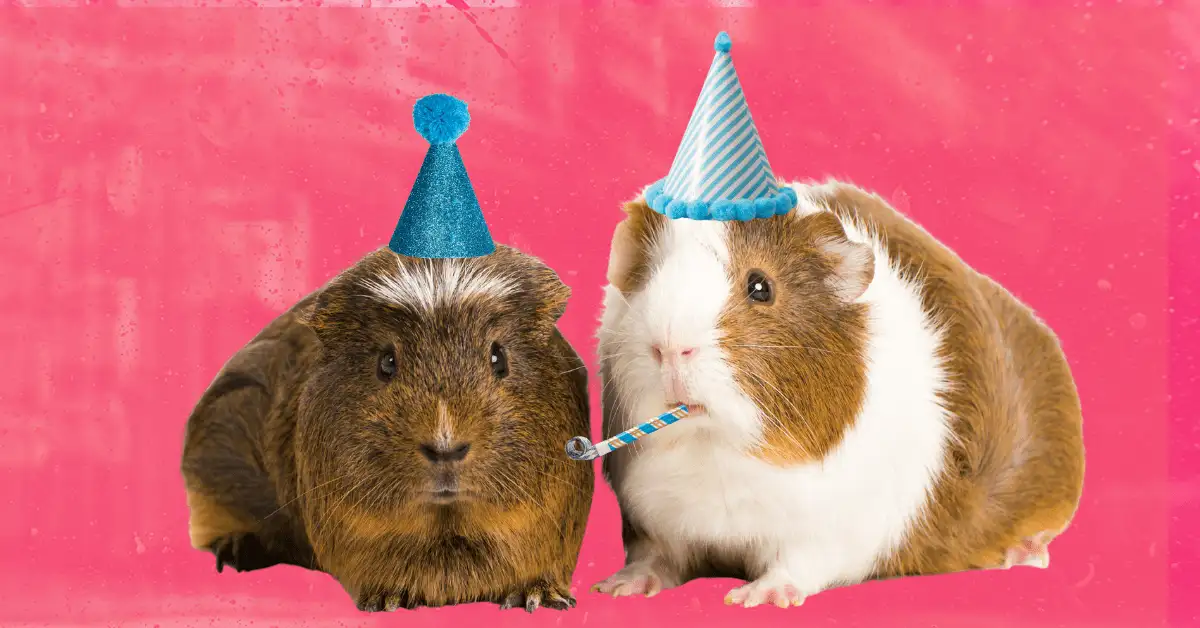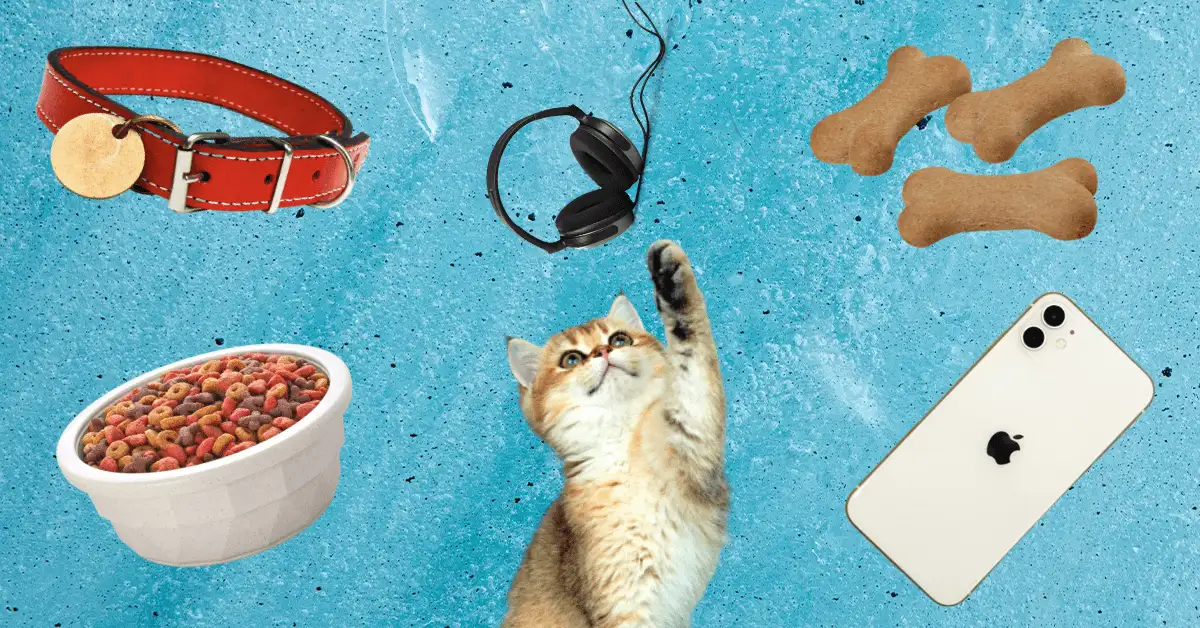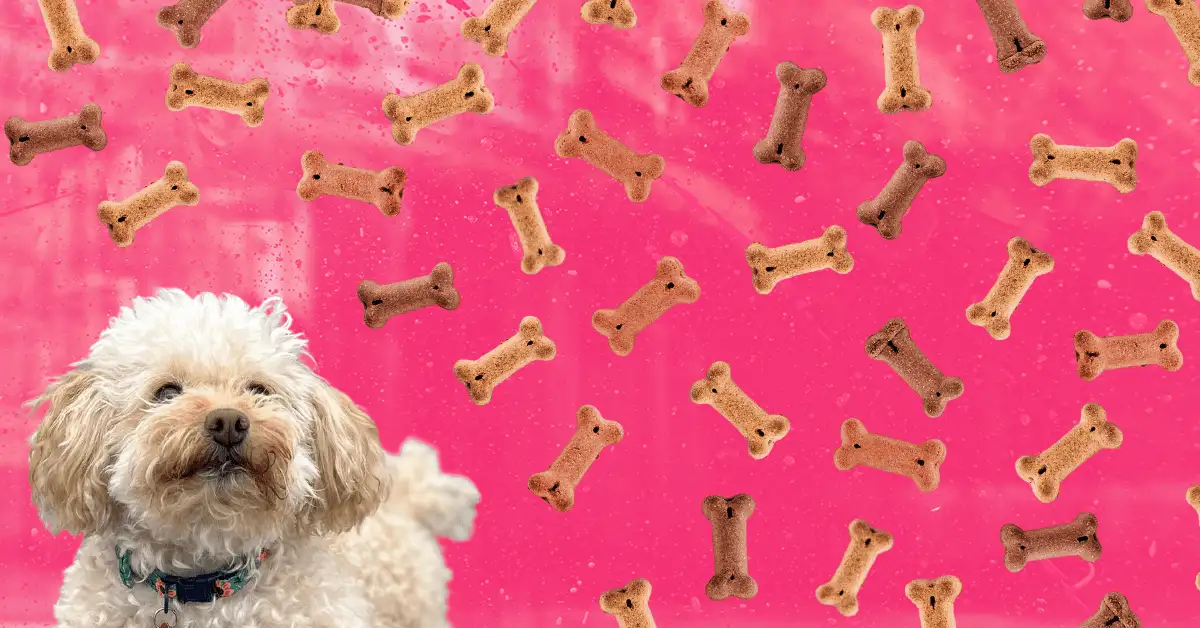The movement to feed pets insect protein is gaining ground — then farming that ground for bugs and feeding them to our pets again.

You know, circle of life and all that.
Insect protein for our pets?
It’s already happening, and this party’s only getting started — the global insect protein market is projected to reach $3.3B by 2027.
- Jiminy’s is working on its Series A, on the strength of a Petco distribution deal for its powdered cricket protein dog food and treats.
- Hope Pet Food recently expanded its “Berry Buglicious” treat line, made from black soldier fly larvae (BSFL) protein.
Why is this happening?
It starts with sustainability — harvesting insect protein requires less land and water than raising traditional animal protein. Insect consumption has long been discussed as a way to combat hunger and food insecurity.
This push to protect global resources has started with US pet food manufacturers, which churn through 8.65m tons of plant- and animal-based ingredients annually.
Cue your “yuck” face…
… but do you think the average dog minds? Most would gladly reserve a table at a sewage facility if they could.
Owners’ minds are shifting. Per Petfood Industry, a study found 55% of pet owners would add insect protein to their pets’ diets after learning more, versus 42% pre-education. That’s up from 36% and 23%, respectively, in 2020.
Price check: Sounding unappetizing and being significantly more expensive will be a challenge for creepy-crawly chefs — Jiminy’s Cravin’ Cricket dry dog food ($5.90/lb) doesn’t compare favorably to Purina Dog Chow ($1.37/lb).
Pets



